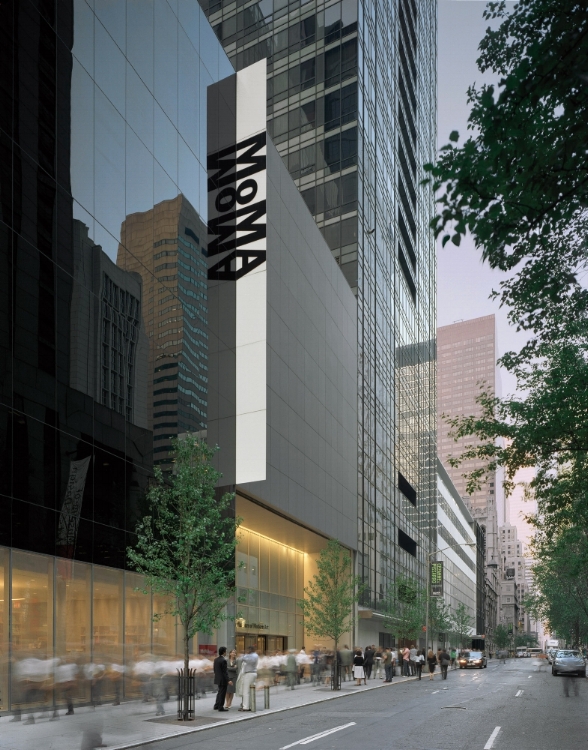I am the daughter of a Mexican immigrant. I am first generation on his side. I am the first woman from his family to have attended college and finished. I am the first women from his family to have been awarded an MA. All of these firsts aside, my identity growing up never felt particularly chicana. We visited with our family in DF less often than we really should have, spent holidays making tamales and tortillas and tiramisu (believe it or not) with our cousins in the suburbs, but that was largely the extent of my mexicanidad.
“Al”, age 17
My father arrived to the US with his mother, older brother, and younger sister when he was 12, desperately poor, and with no language. His story is not different than those of today’s immigrants–his family sought better circumstances, they sought the ”American Dream”. He taught himself English on the football field where he found his peers more easily overlooked his Mexicanness in favor of his athletic ability. He went by “Al” rather than “Alfonso” because it was easier to pronounce. He stopped speaking Spanish. He assimilated. Years later when his daughters were born, he, like all fathers, wanted to give them the whole world. He wanted them to live lives full of possibility and open doors and yeses rather than nos. He wanted his American-born daughters to live American lives where their heritage was a factor of who they were rather than the fact of who they were.
Andy Warhol, Banana, 1966
For many years, I was afforded the immense privilege of sameness–I am light-skinned and fine-haired. I never looked for anyone who looked like me because I didn’t look all that different from those around me. It was in my early teens I began to understand my otherness, faintly as it dawned on me, I began to want my background, to seek out my roots. I recognized the impulse so handily captured in Linda Vallejo’s work to turn the whole world brown and make it make sense to me from a Mexican perspective. Make it make sense to everyone else, that without brown, white cannot exist. Linda’s piece, Chiquita, a riff on Andy Warhol’s banana image, is a succinct comment on that desire, and is my pick of the week.






